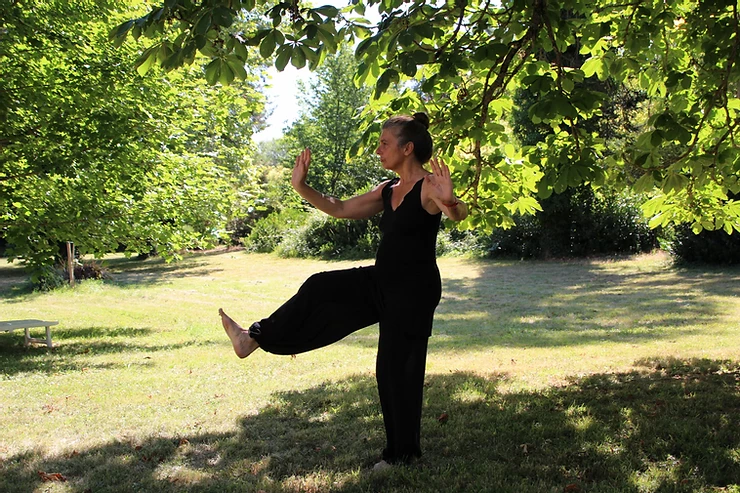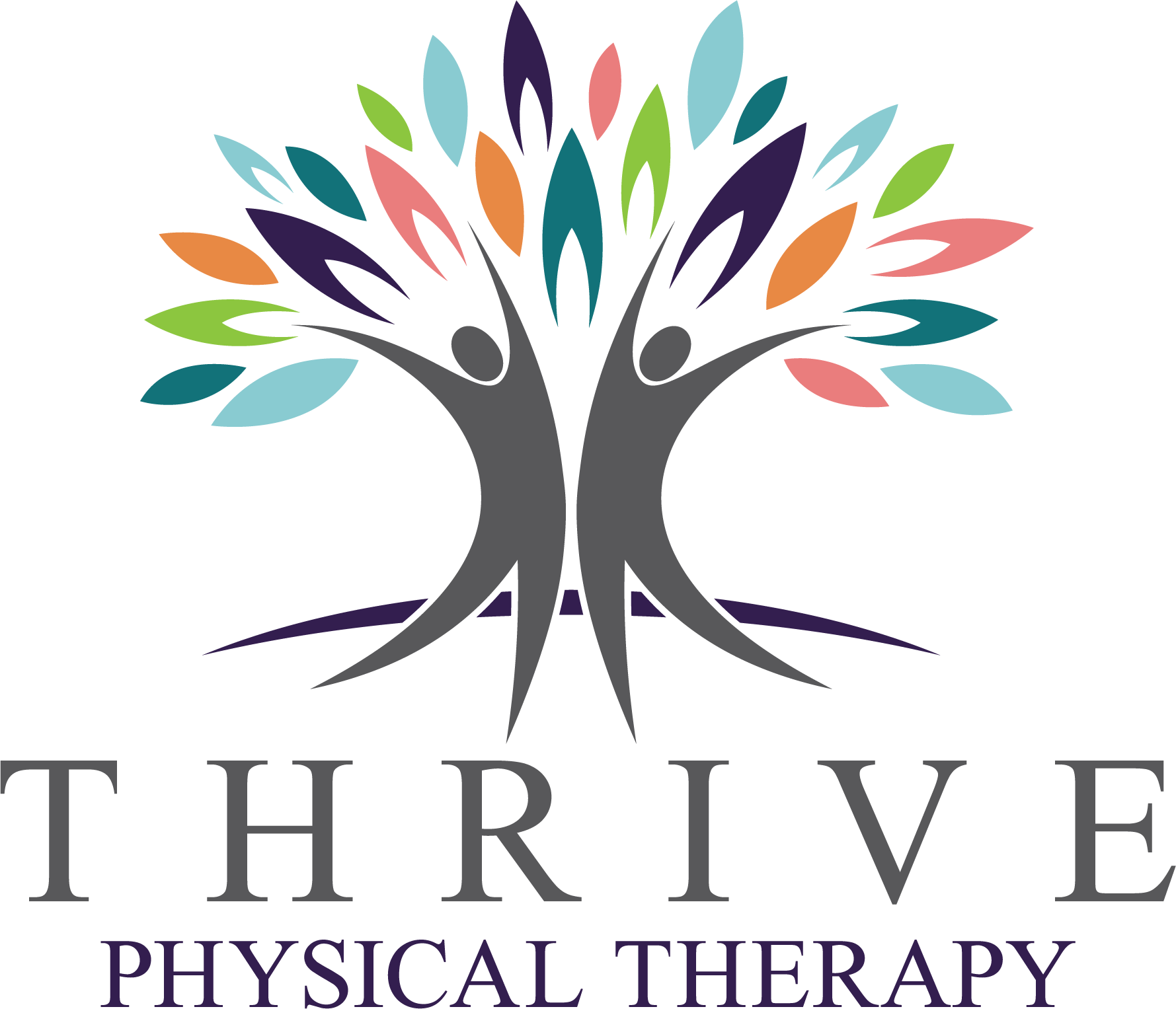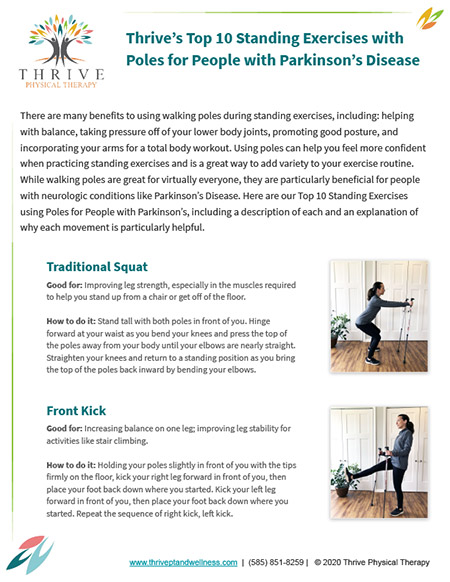OK, be honest here: Have you ever found yourself in any of these situations? Full disclosure: I definitely have!
- Forgetting where you parked at the mall and wandering around the parking lot clicking your key fob, listening for the chirp that will guide you to your lost vehicle. All the while hoping that strangers won’t notice.
- Going to the grocery store for milk; getting there and seeing a few other items you could use. And then returning home – with no milk!
- Seeing a co-worker out at a park and panicking as they wave and approach you because you realize you won’t be able to introduce them to your family because you simply cannot remember their name.
As embarrassing as these situations may be, they are, when occasional, normal lapses in our memory. You see, memory, and cognition in general, is fluid. Everyone’s cognitive capacity fluctuates widely depending on many variables and there are lots of things that can throw you off the top of your memory game. Are you sleep deprived? Getting over an illness? Stressed? Anxious? Tired? Hungry? Excited? You get the point. These episodes are usually isolated blips and nothing to be concerned about. But what about when they become more frequent and start to interfere with how we normally function? Some examples to be aware of:
- Getting lost in familiar neighborhoods
- Not recognizing faces you see regularly
- Frequently missing appointments because you can’t keep track of them
- Losing interest in a favorite TV show because you can’t follow the storyline
- Avoiding making plans because coordinating the details is overwhelming
These may be signs of Mild Cognitive Impairment (MCI), also known as subjective cognitive decline. MCI is the stage between the expected cognitive changes associated with normal aging, and developing the more serious diagnosis of dementia, including Alzheimer’s Disease. It is very important to identify the signs of MCI because we now know that we don’t have to give in to a mindset of “I’m just getting old” or “Senior moments are inevitable.” I am here to tell you that there are things you can do right now to boost your cognitive reserve so you can stay sharp and continue to live a long and fulfilling life.
**Please note: If you suspect you have MCI, it’s important to contact your doctor for a full assessment of your health. MCI can be caused by things like sleep disorders, metabolic disturbances, neurologic events like mini strokes, and side effects of medications.
Once you are cleared by your physician for any issues that need to be addressed by your medical team, the next step to reclaim your cognitive well-being and your ability to continue living a full and vibrant life is:

MOVE MORE!
Exercise literally sparks the creation of connections and growth in your brain’s cellular networks. I won’t go deep into the neuroscience here, but I can’t resist sharing a few incredible facts:
- Exercise can literally increase the volume of our hippocampus, the brain’s learning, motivation and memory center! (1)
- Exercise can boost the production of important proteins responsible for generating new, malleable brain cells! (2)
- Exercise can promote healthy blood vessel growth to nourish and protect your brain – essential, especially as we age! (3)
You can build a better, stronger brain at any age through intentional and consistent exercise. It’s true that as we get older it takes more effort and time to drive the changes required to see meaningful results, but don’t let that deter you!
Using exercise to boost your cognitive reserve can alter the course of normal aging AND potentially prevent MCI from evolving into dementia (4). According to John Ratey, MD, an internationally recognized professor at Harvard Medical School and author of Spark: The Revolutionary New Science of Exercise and the Brain, exercise “keeps the brain from rotting” and reverses cell deterioration associated with aging. Looking at this from the other side, you could say that if your body slows down, your cognition will follow. If that isn’t an incentive to move more, I’m not sure what is!
 By now you may be wondering:
By now you may be wondering:
- How much do I have to do?
-
How long do I have to do this?
-
What kind of exercise should I be doing?
-
What if I’m having a hard time getting started?
In this post, I will give you a general overview of the components of an exercise program that can help with cognition. In a future post, I will dive into a few additional brain-changing concepts and discuss new and emerging data about combining cognitive and physical training to get even more bang for your exercise-minute-buck!
Here are the basics:
How much?
In most cases I suggest following the minimum required exercise dose recommendations from the 2nd Edition of Physical Activity Guidelines for Americans:
150 minutes to 300 minutes of moderate intensity exercise (65-75% of your calculated maximum heart rate)
Or
75 minutes to 150 minutes of vigorous-intensity exercise (70-90% of your calculated maximum heart rate)
Please note that these are general guidelines for exercise to achieve a variety of health benefits, including cognitive ones.
It is best to spread these minutes throughout the week rather than exercise like crazy for just a few days. To really boost cognitive health, I would strive for the higher number of minutes – remember: You can work your way up to it!
How long?
Simply stated: For life. Of course you won’t do the exact exercise routine that you are doing now forever (and in fact, that’s not optimal for training your brain), BUT it’s important to realize that exercise for brain health, longevity, and having a vibrant life well into your golden years requires a mindset shift. This is a way of living, not a temporary plan to lose a few pounds for a beach vacation.

It takes about 12 weeks for the microscopic changes that are building you a better brain to translate into meaningful cognitive changes that you can see and feel. So, even if you don’t immediately feel like the sharpest crayon in the box, keep persisting. It takes time, but it’s well worth the effort.
What kind?
To keep things simple, I focus on 3 major categories of exercise for cognition.Your program should include some form of exercise from each category.
Aerobic Exercise:The type of aerobic exercise you do is really up to you. I tell my clients: The type of aerobic exercise you should do is whatever type you WILL do. Aim for at least 10 consecutive minutes of aerobic exercise per session and be sure you feel like you are working – walking leisurely to get the mail at the end of your driveway doesn’t count. Examples of great aerobic exercise include:
-
- Walking in your neighborhood (add walking poles for an extra boost)
- Swimming laps
- Stationary cycling
- High intensity interval training (HIIT)
Strength Training: In addition to keeping muscles and bones strong as we age, resistance training also has a positive impact on cognition. Lifting weights requires planning, sustained attention, and other operations of executive function – all good for improving cognitive function (5). Strength training also boosts a protein called VEGF, which helps neurons bind together and aids in building new blood vessels.
Aim to include strength training in at least 2 of your weekly workouts to reap the benefits of this type of exercise.
Skill Training: This is where it gets fun! Your brain thrives on new, challenging, and complex experiences. Skill training refers to physical activities that include elements of balance, hand-eye coordination, and sequences of movement. Some great examples include:
-
- Dance, like line dancing or ballroom dancing
- Martial Arts, including Tai Chi
- Ball activities, like Pickle Ball or Tennis
- Yoga (my personal favorite!)
Weave some form of skill training into your workout routine twice a week or more

What if I’m having a hard time getting started and how will I know if it’s working?
Great question! Starting anything new is challenging, especially if you are already experiencing some cognitive changes. It can feel overwhelming and too much to deal with.
A few pieces of advice:
When initiating any type of lifestyle change, start with small, achievable goals that you can readily weave into your daily life then build from there. For example, instead of meeting your friend at the cafe for coffee on Saturday, you could meet at the canal path and go for a walk together instead. Or put on some of your favorite music and move to the rhythm; think about what it would look like to add some choreographed steps. If this feels interesting to you, look for a class where you could take it to the next level. These may not be the perfect scenarios for you, but you get the idea. Small hinges swing big doors!
The next step is to get intentional. Set goals for yourself, then schedule exercise into your calendar. Making a checklist of your weekly exercise goals and then crossing them off can even give your brain a boost of the feel-good neurotransmitter, dopamine. Use these recommendations as a guide and customize your routine with things you enjoy (at least somewhat!) and can see yourself committing to every day.

If this seems like a lot and you are still feeling stuck, know that Thrive is here to help you build a customized exercise program for cognitive health. As a neurologic physical therapist and certified Brain Health Trainer, I absolutely love helping people get started on and stay dedicated to a path of living a more vibrant life. A big benefit of working with a pro is their ability to use tests and measures to really customize a program for your needs. People have different needs when working on improving cognition. Some may want to improve memory, others may struggle with the executive functions of planning and organizing, whereas others may have the hardest time with processing speed and slowed reaction time (major implications for safe driving). Tests are also great to help us answer the question “Is this working?” because they allow us to track your progress and adjust your program as needed.
Get in touch with us for a free consultation about what our Train for a Healthier Brain program can do for you!
We can’t wait to arm you with more tools to help you become sharper and live life to its fullest. Be sure to subscribe to this blog to keep informed as we dive deeper into the concept of exercise for cognitive health. Look for upcoming posts on MAP training (stimulating better results by combining mental and physical training) and Multi-Modal Exercise plans (exciting your brain by blending types of exercise into one session).
To your brain’s incredible potential,
Ashley







